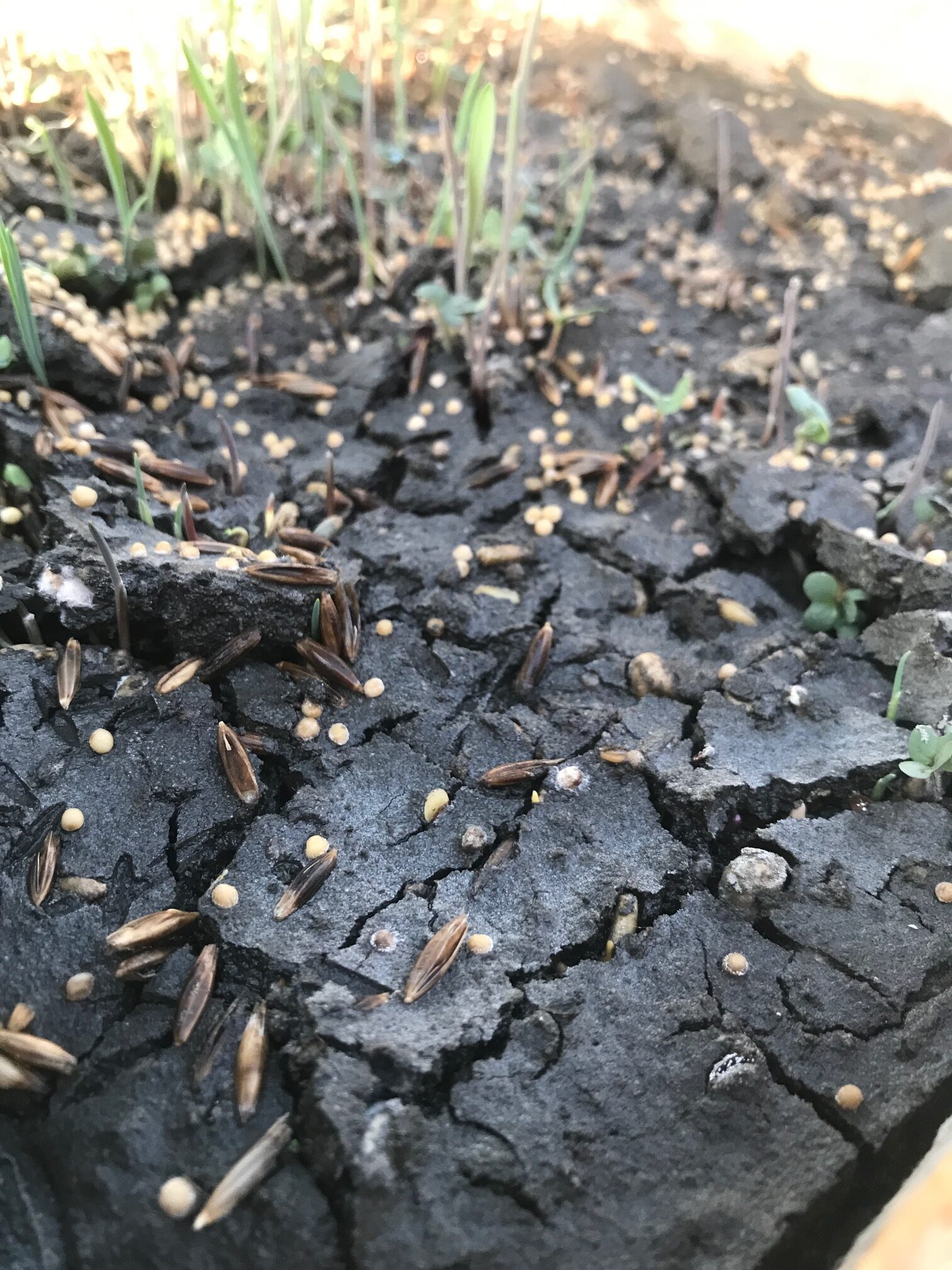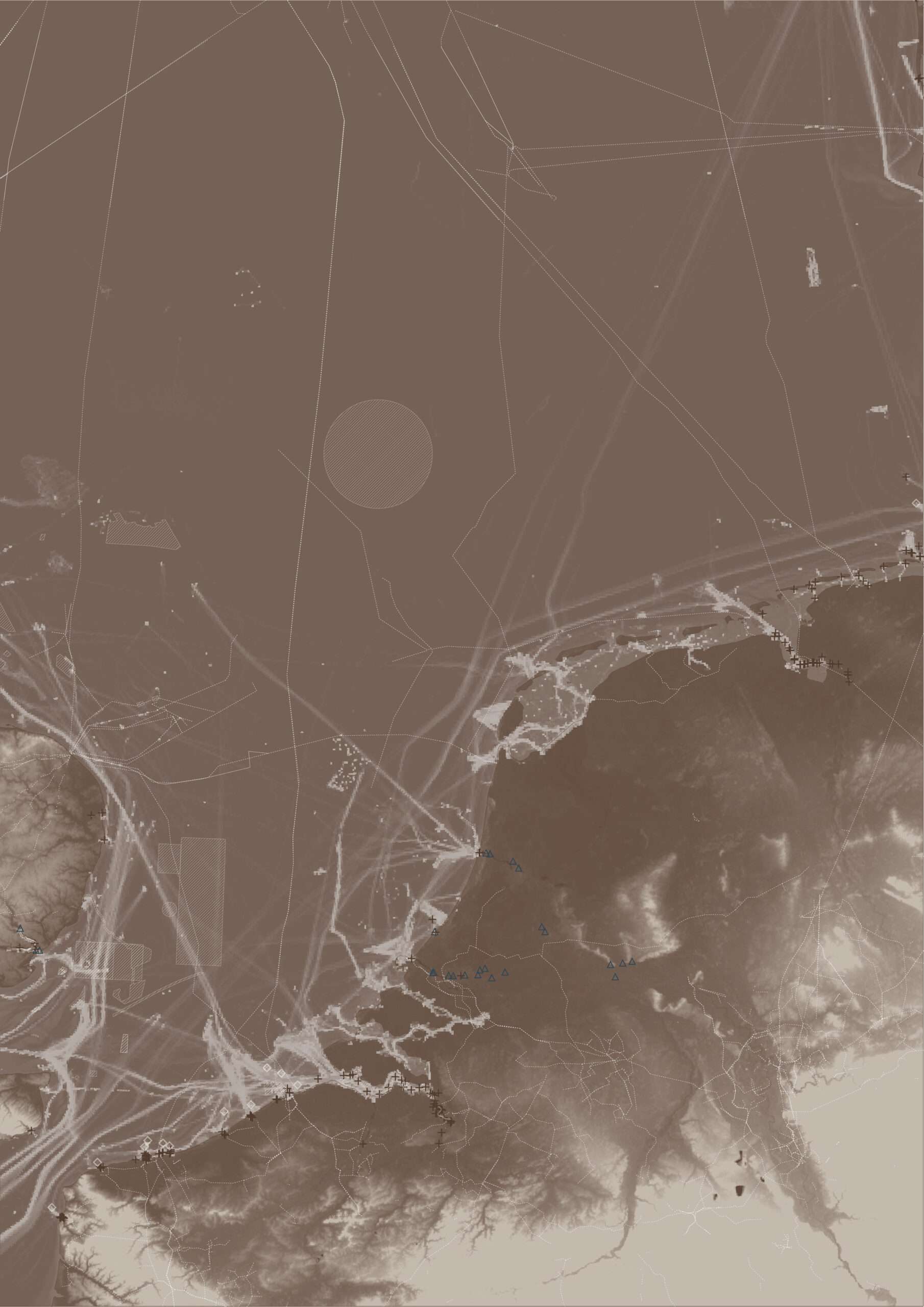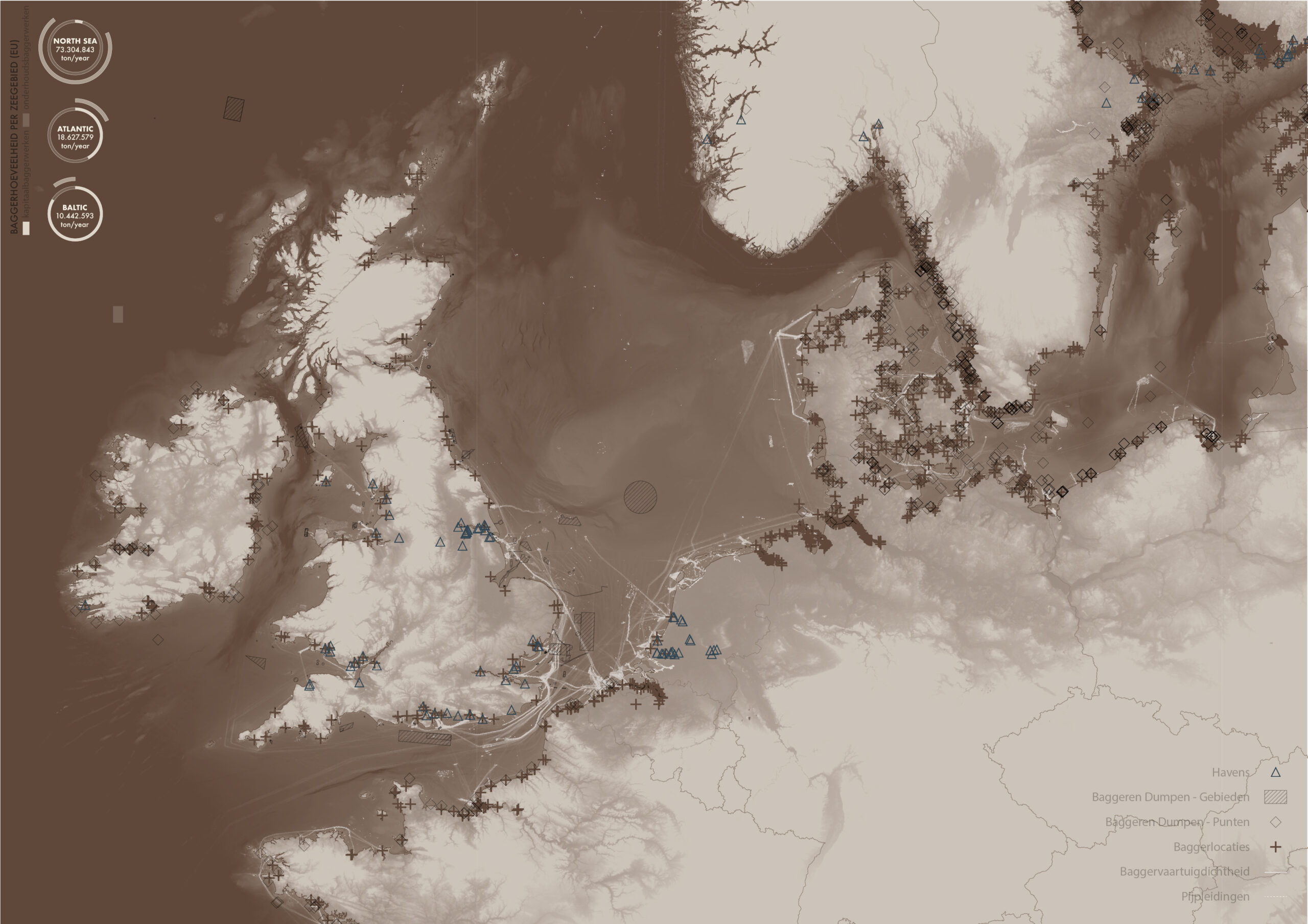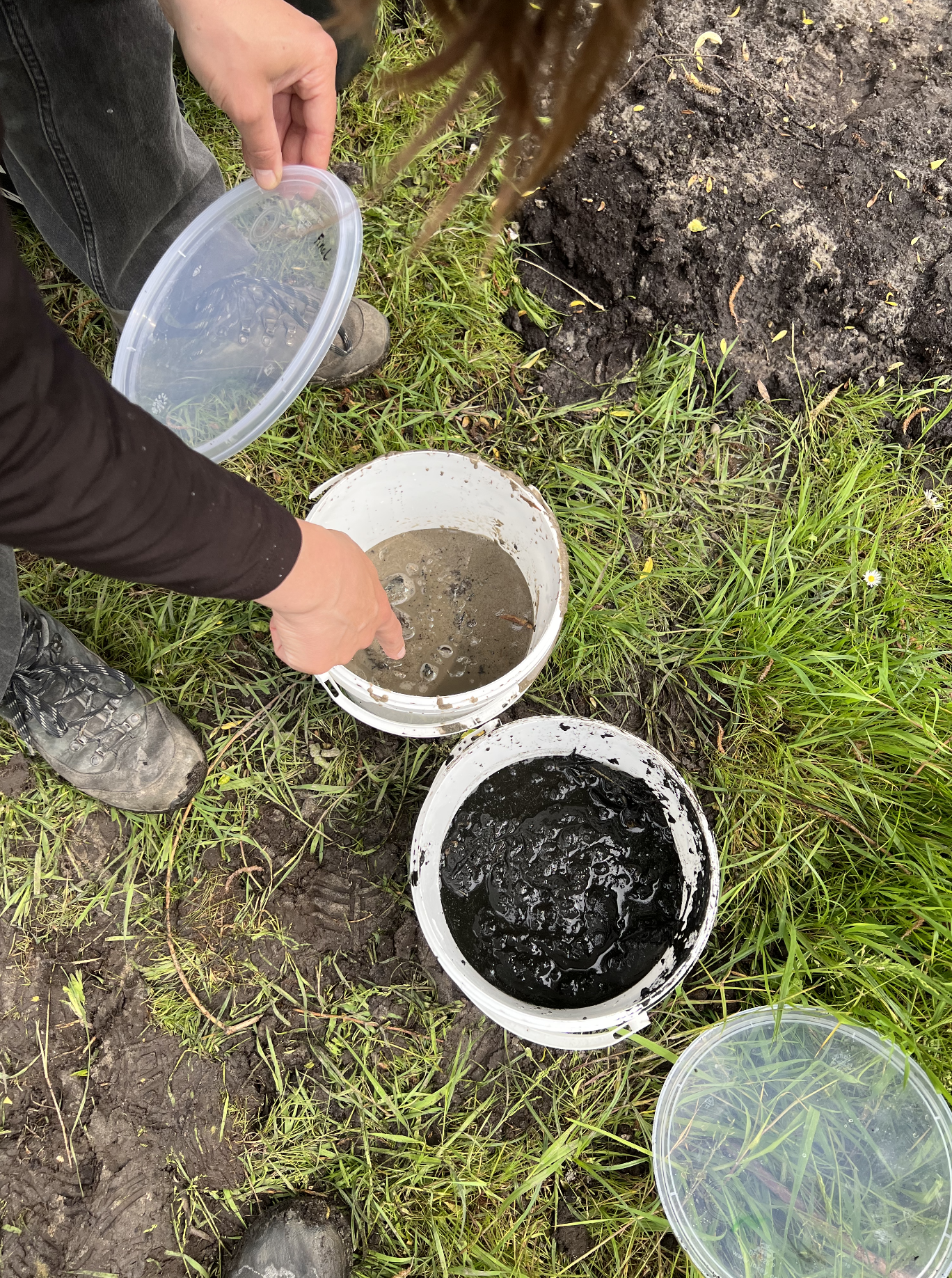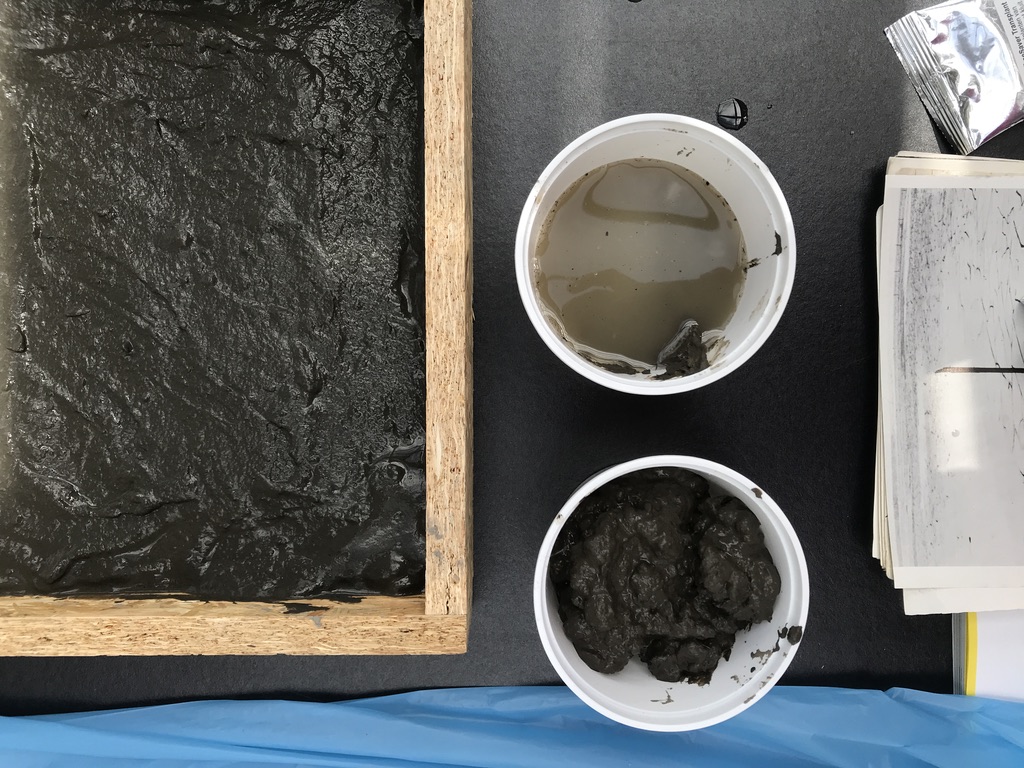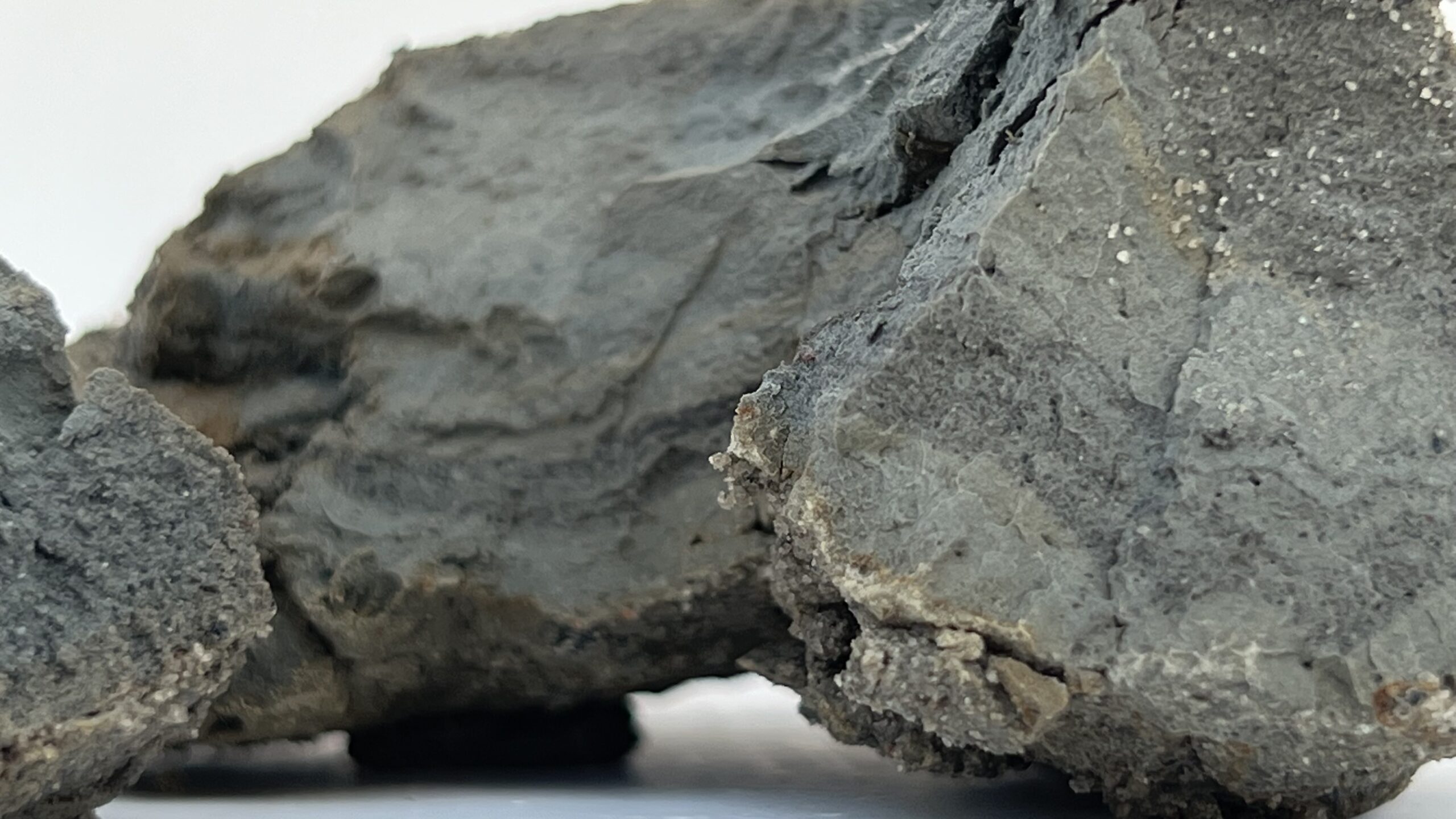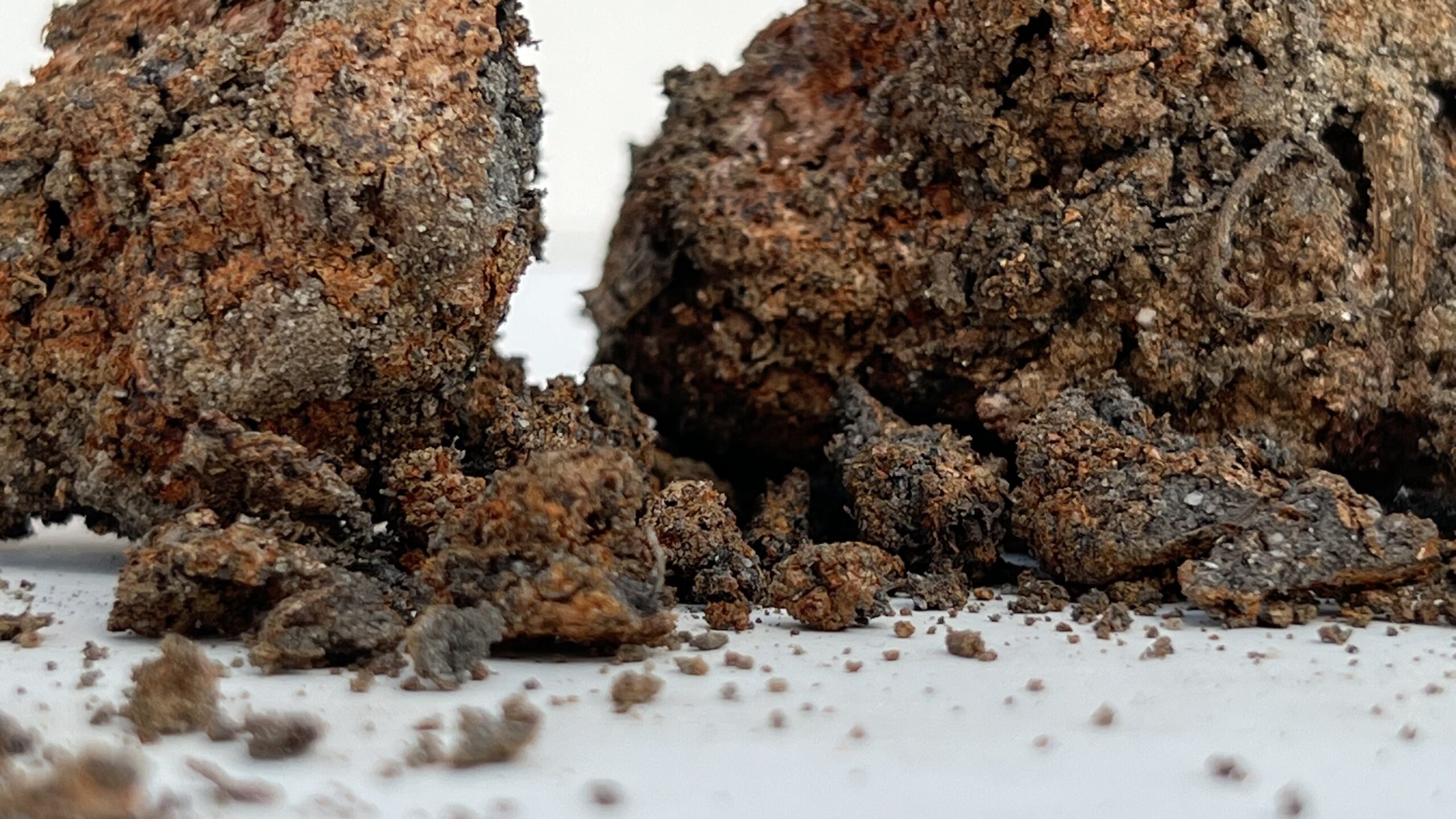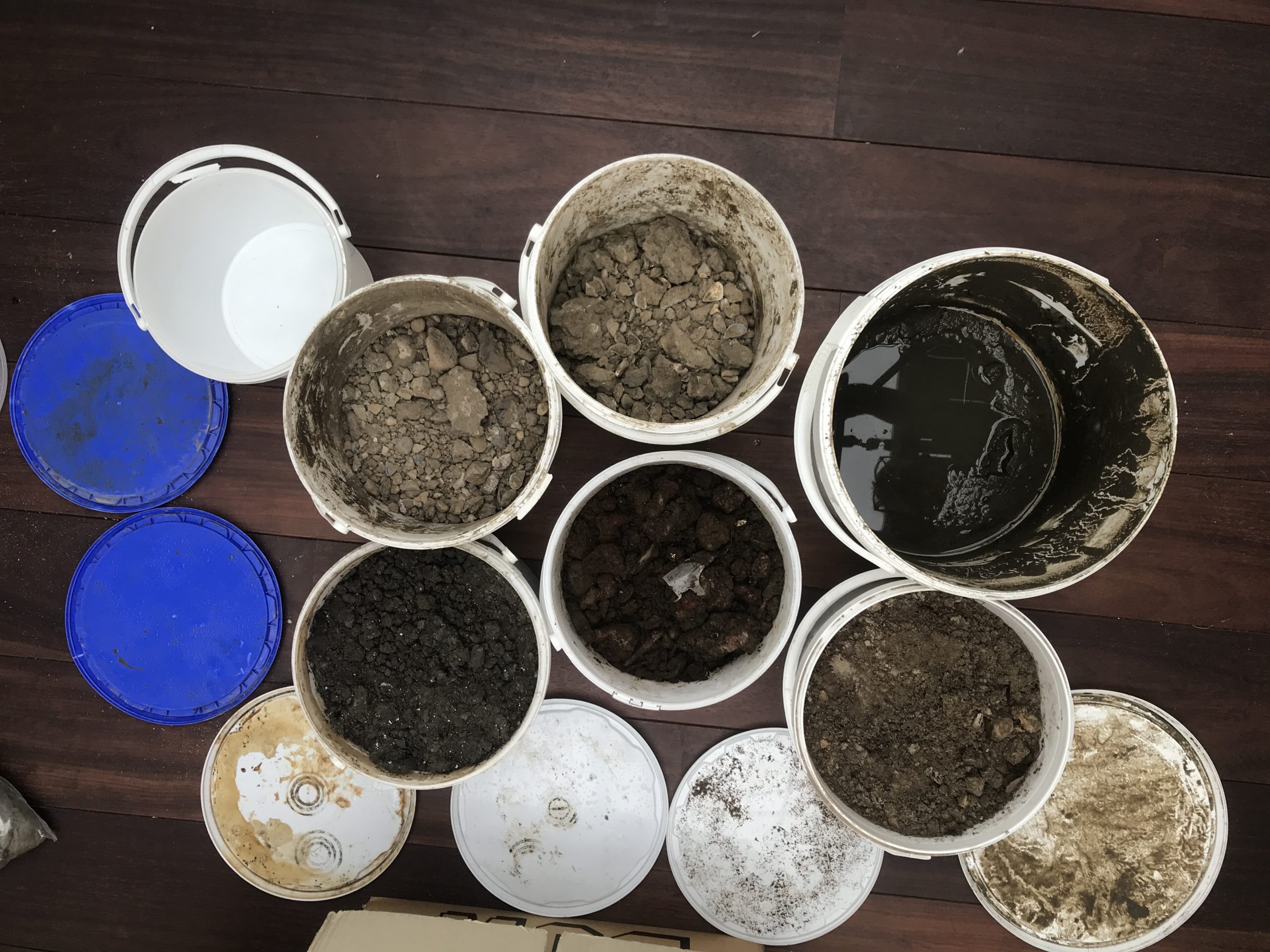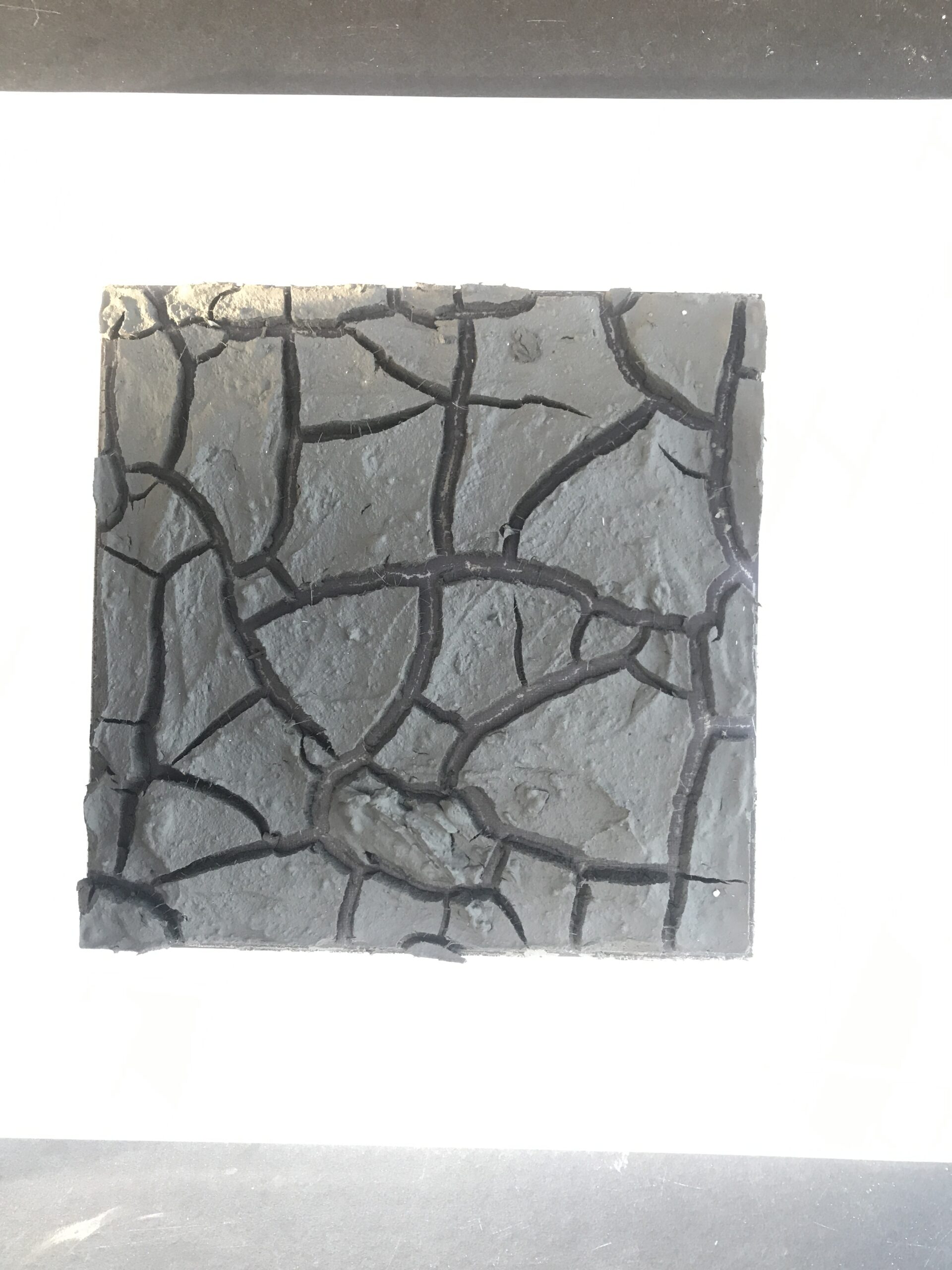Beacon of mud
The dredging industry is engaged in deepening and maintaining ports and waterways and providing for land reclamation. The industry benefits from transporting as much dredged material as possible in the greatest possible quantities over the greatest possible distance. The need to ship dredged material worldwide is no longer justifiable. We have therefore mapped out how the industry can be transformed step by step into a more circular, space-creating chain.
We advocate a dredging industry that uses sediment as a raw material instead of waste. We have mapped out the opportunities and (im)possibilities for making the dredging chain sustainable, in which the time factor plays an important role. On the scale of the Netherlands, we look at the dredging industry from two perspectives: the dredging activity and the dredging destination. By projecting these data on a map, it can be seen that dredging activity is roughly concentrated in two movements: 1. dredged material from ports and estuaries is ‘carried’ out to sea and then flows back smoothly. 2. Dredged material from rivers and canals is transported to former mining pits and depots, ending the chain. The material disappears into hollows in the landscape.
in collaboration with: Van Laarhoven – Living landscapes & NETICS



